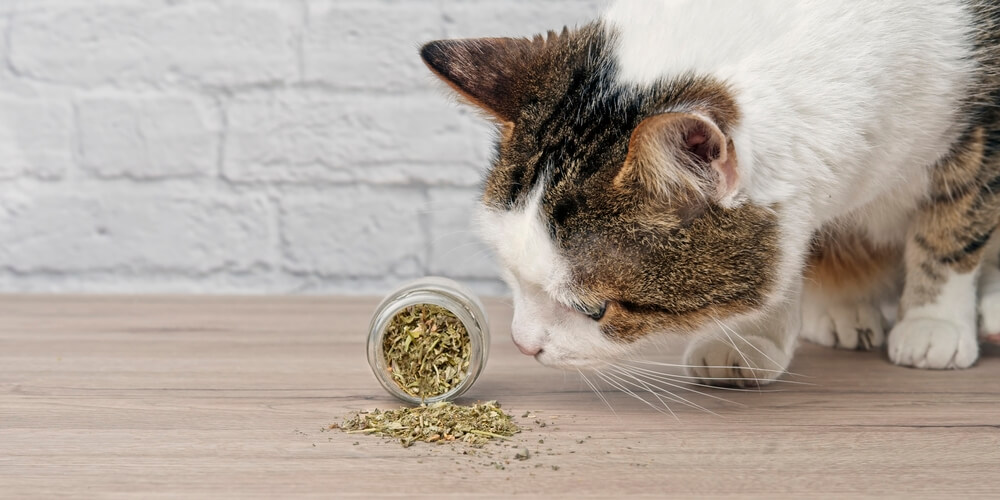Pet owners always look for fun and novel activities to enjoy with their cat friends. Most are likely familiar with catnip and have the plant in their homes to give to their feline friends. This plant causes cats to behave differently, which can be both amusing and mysterious.
So what is catnip, and how does it affect your Bengal cat? Discover more about this intriguing plant by reading on.
What is Catnip?
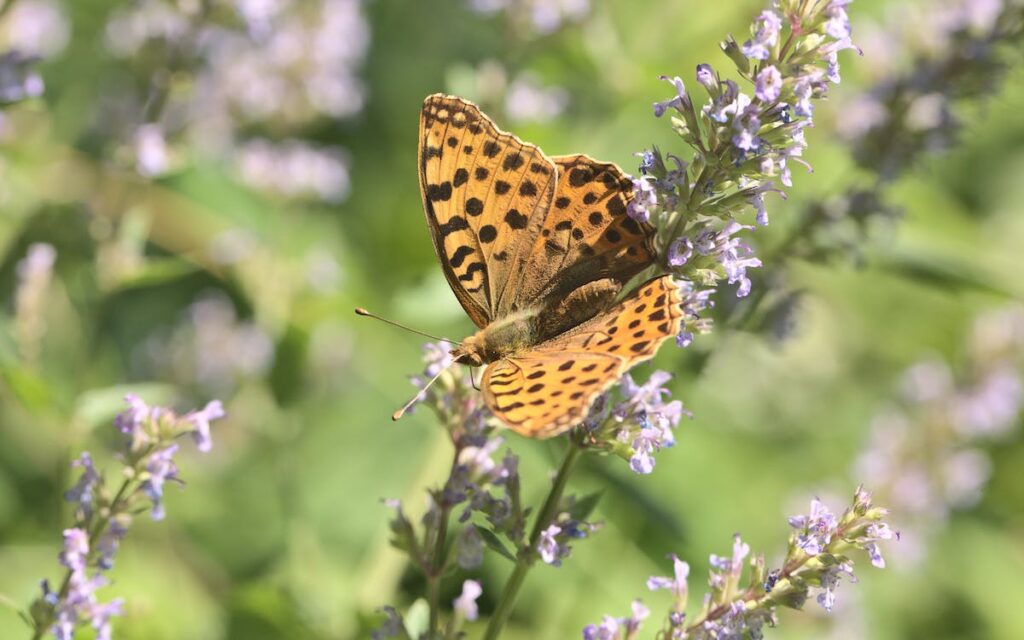
Catnip, or Nepeta Cataria as it is known scientifically, is a member of the mint family of plants. Native to Europe, Africa, and Asia, this light-green vegetation resembles feathers and has lavender flowers.
It later traveled to North America, though, and now it grows like a weed on these continents. Catnip is a perennial, drought-resistant plant that looks like a mint plant and flowers from spring to autumn.
Catnip is aromatic, like most members of the mint family, and many people grow it to draw butterflies. Humans have used the plant to make tea, juice, and treatments for its calming and relaxing properties and as an efficient insect repellant.
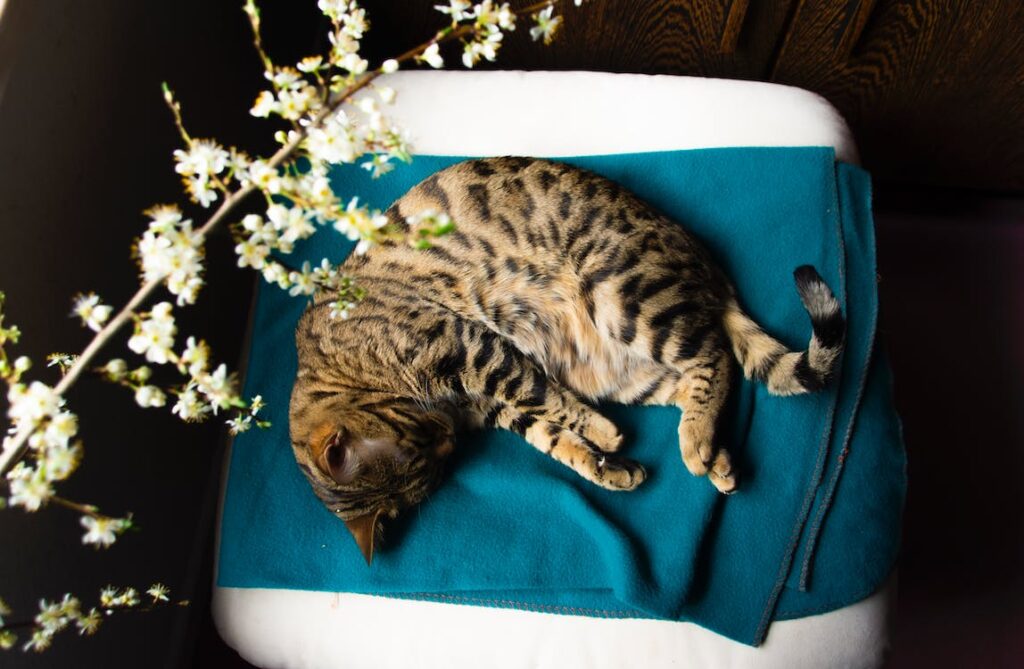
Nepetalactone, a chemical found in catnip, is produced when the leaves and stems of this plant are damaged or crushed.
This chemical enters cats’ bodies when they sniff catnip. When it does, it attaches to protein receptors on the surface of sensory neurons, stimulating them to send signals to the brain.
These signals trigger a response similar to that brought on by the sex pheromones found naturally in cats when they reach the brain regions known as the amygdala, which controls the hypothalamus, and emotional responses, which control behavioral responses.
It is important to remember that not all house cats will develop an extreme catnip obsession when exposed to it. Kittens under 6 months are naturally immune because they are yet to mature sexually. Therefore, if your cat shows no interest in it, you need not worry.
Side Effects of Catnip on Cats
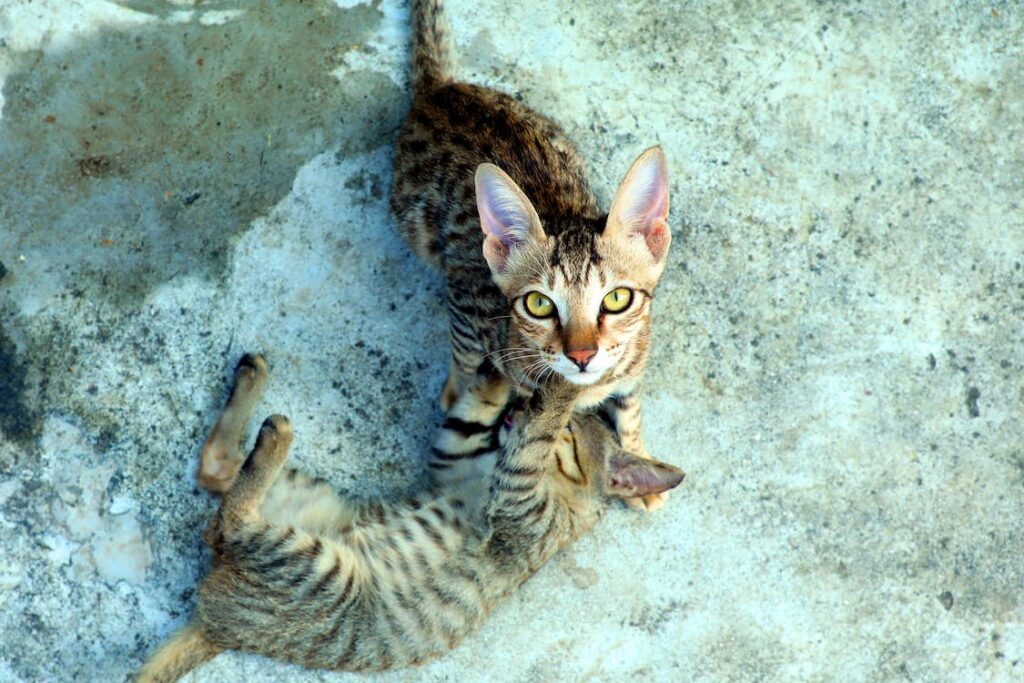
Catnip can cause various behaviors in cats, such as licking the herb or its container, rolling around, dozing off, jumping, kneading, stretching, drooling, rubbing their faces and bodies, or remaining completely calm and still.
Catnip’s effects are transient and typically last for 5 to 30 minutes. Depending on the cat, they will not respond for a while during a refractory period. It can span from an hour to a day.
Cats cannot develop dependency or withdrawal symptoms on Catnips, as it is not metabolized in their bodies like oral or injected drugs.
Is Catnip a Drug?
Catnip is not a drug. However, cats who consume too much catnip may experience health issues like diarrhea, vomiting, lightheadedness, or trouble walking.
Because too much is unnecessary, sprinkling a small amount for them is always a bright idea. You can always talk to your veterinarian about the ideal dosage for your cat.
The effects of catnip are brief, harmless, and non-addictive, despite some cat owners’ fears that it might be addictive. Few cats who are exposed to the plant will become aggressive.
Because catnip smell and cat pheromones have a close relationship, this behavior is likely caused by this. Try taking the catnip away if your cat starts acting out; the effects should subside quickly.
Is Catnip Good for Cats?
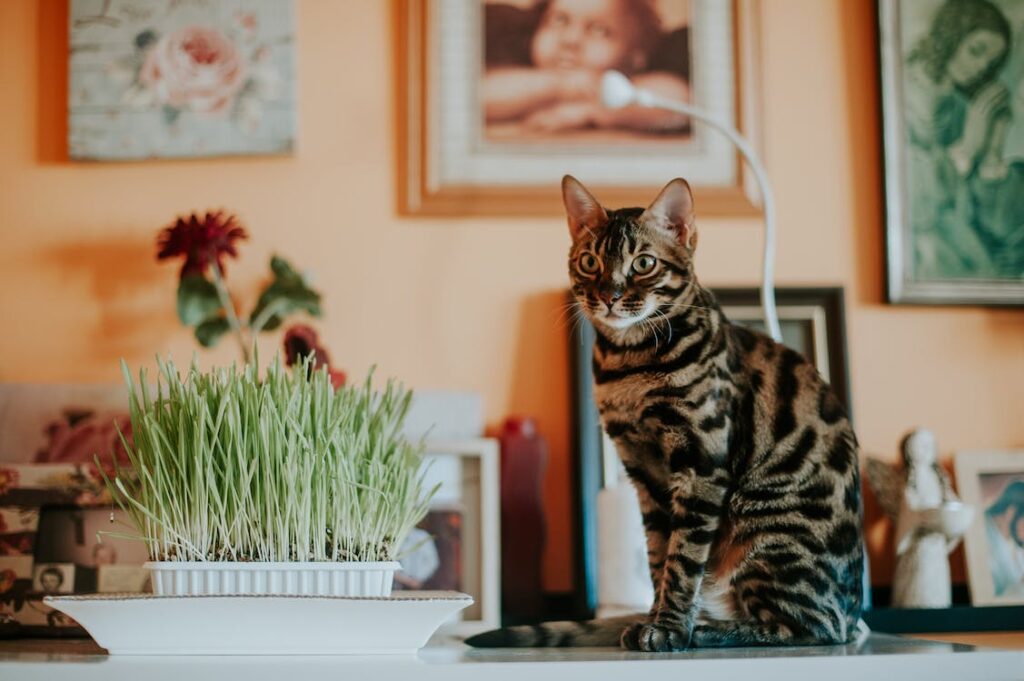
Catnip is completely safe. Even when your cat consumes some, it will be digested and expelled. Many cats enjoy rolling around while licking some of it up!
However, it would be best to refrain from offering it to them as a snack or food. Like any plant, eating a lot of it can make them sick.
How to use Catnips
Catnip comes in a variety of forms:
- Sprays or bubbles
- Dried catnip
- Toys filled with dried catnip
- Fresh catnip from the plant
Benefits of Catnip
Catnip is great for schooling your cat and occasionally using it as a fun treat. Using catnip on its scratching post, for instance, will encourage it to use it instead of your furniture if you want it to stop this habit.
You can also make puzzles or toys to stimulate mental exercise. It can be as easy as spraying some catnip on an empty toilet paper roll or adding some to socks and tying the end into something like a knot.
To create new beds that are more appealing, use Catnip for a cat that is unwilling to try new things. When anxious cats are kept in a crate or carrier during transportation, medical appointments, or when unexpected visitors are present, it can also make them feel more at ease.
Final Word
Is your Bengal cat idle? To raise her spirits and vigor, try giving her some catnip. To treat, cure, or prevent habituation in your cat, give her catnip in moderation and experiment with different ways to expose her to the herb.
Go ahead and get your cat Catnip to see how it affects your cat.

